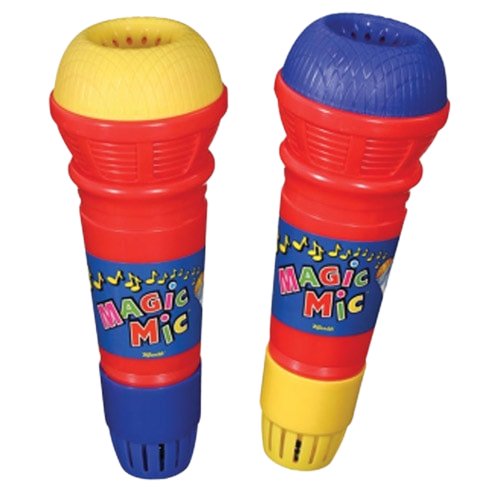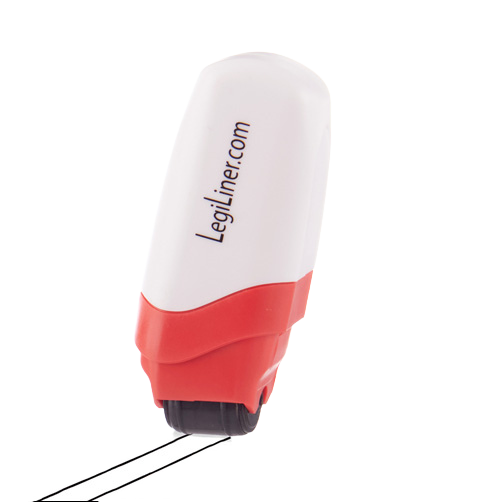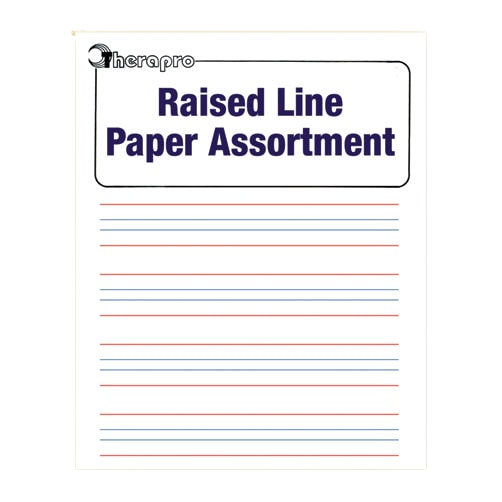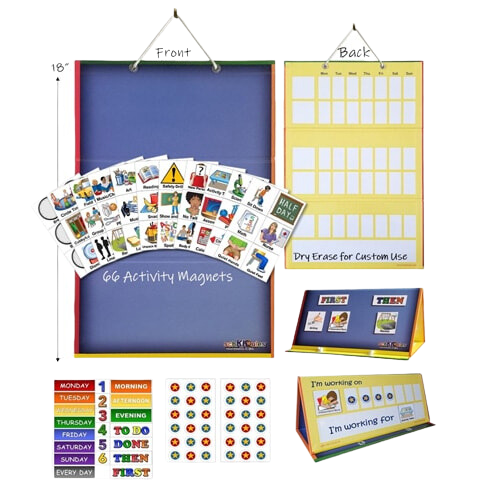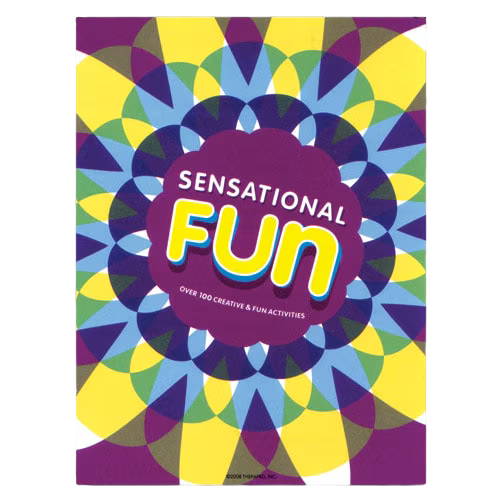Summer is the perfect time for professionals to focus on personal and professional growth. Summer reading can be more than just a chance to relax—it’s an opportunity to refresh your skills, explore new ideas, and gain valuable insights that can be applied in the upcoming school year. Whether you’re a therapist, educator, or caregiver, Therapro offers a variety of resources and free webinars that are both informative and practical, helping you make the most of your summer! Read on for Therapro’s top summer reads & webinars for professionals.
📚 Professional Reads That Make a Difference
Therapro’s collection of professional resources is designed to support the continuous development of therapists, educators, and caregivers. These books, grounded in evidence-based practices, provide effective strategies and activities to implement in various therapeutic settings. Consider adding these essential reads to your summer reading for professionals:
- Debra Em Wilson’s The Polyvagal Path to Joyful Learning offers educators a practical guide to applying Polyvagal Theory in classrooms to foster safety, connection, and engagement, while her Resilient Learner’s Backpack provides over 60 adaptable mind-body activities grounded in neuroscience to enhance students’ focus, regulation, and resilience across all grade levels.
- Just Right! A Sensory Modulation Curriculum for K-5 is a 206-page, evidence-based program featuring 16 flexible lesson plans and full-color handouts designed to help students build self-awareness and manage their sensory needs—ideal for Tier 1 and Tier 2 RTI implementation by teachers, therapists, or parents.
- Is It Sensory or Is It Behavior? Second Edition equips educators and clinicians with updated, evidence-based strategies to differentiate between sensory-driven and behavior-driven challenges in children, offering practical tools like case studies, worksheets, and laminated intervention cards to support a holistic, team-based approach to assessment and intervention.
- M.O.R.E.: Integrating the Mouth With Sensory and Postural Functions offers a comprehensive framework for addressing sensorimotor challenges by focusing on the integration of Motor components, Oral organization, Respiratory demands, and Eye contact/control (M.O.R.E.), providing clinicians with practical strategies and activities to enhance self-regulation, attention, and postural development in children.
- Social Language Rules & Tools: A Preschool Curriculum is an engaging, developmentally sequenced program that equips educators and speech-language pathologists with multisensory, play-based lessons and carryover strategies to enhance social communication skills in preschoolers, particularly benefiting children with autism and other social language challenges.
- Pediatric Feeding Disorders: Evaluation and Treatment is a comprehensive clinical guide edited by Kelly VanDahm, MS, CCC-SLP, featuring contributions from 14 leading clinicians and incorporating the latest research and interdisciplinary perspectives to support professionals in the assessment and management of pediatric feeding disorders.
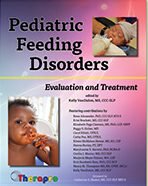
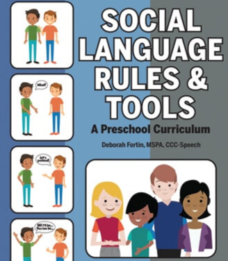
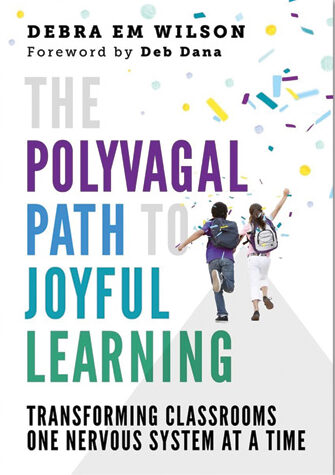
🎓 Free Webinars to Support Ongoing Learning
For professionals seeking learning opportunities that fit into a busy schedule, Therapro’s Free Webinar Series is an excellent choice. These on-demand webinars offer concise, high-impact professional development, giving you the tools and strategies needed to excel in your practice.
Here are some must-watch webinars this summer:
- Fundamentals in Pediatric Feeding Therapy– Learn about pediatric feeding disorders and gain strategies for intervention.
- Getting and Keeping Your Child’s Vision In Sync – Get an overview of how vision develops in young children and how vision affects all learning and behavior.
- Reframing Our Thinking as SLPs: The Language-Literacy-Dyslexia Connection – Recognize the impact of language-based reading disabilities, including dyslexia, on students’ ability to succeed in school.
- Becoming Trauma-Informed: Adverse Childhood Experiences, the Brain, & Resilience – Learn how adverse childhood experiences affect the human brain and central nervous system development.
Explore more and register for free: Therapro’s Free Webinar Series
✨ Pro Tip: Build Your Own Summer Learning Plan
If you’re wondering how to make the most of summer learning opportunities, here’s a simple guide to help you get started:
- Choose a Focus Area – Identify a specific topic, like handwriting, feeding, or sensory integration, that aligns with your professional goals.
- Pair a Book with a Webinar – Combine reading a relevant book with attending a webinar to reinforce your learning.
- Reflect and Apply – Use your summer to explore new strategies and materials, or even test them with clients or students in summer programs.
Therapro: Your Partner in Professional Growth
At Therapro, we understand the importance of ongoing professional development. Our carefully curated resources, including books and free webinars, are designed to support your growth and success. Summer learning doesn’t have to be a solitary task—use it as a chance to engage with new content and further your impact on the children, families, and communities you serve.
🔗 Visit therapro.com to explore more summer resources, and stay connected with us on Facebook, Instagram, and LinkedIn for the latest updates.
Happy summer learning!

